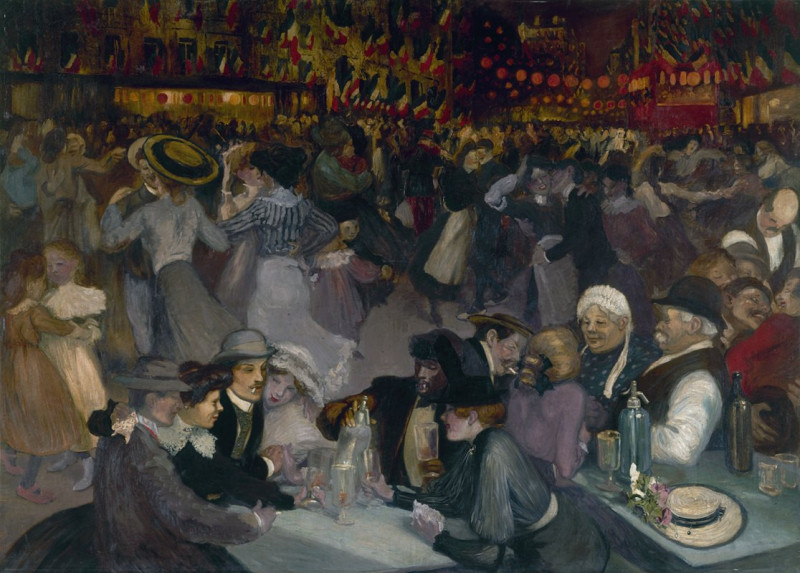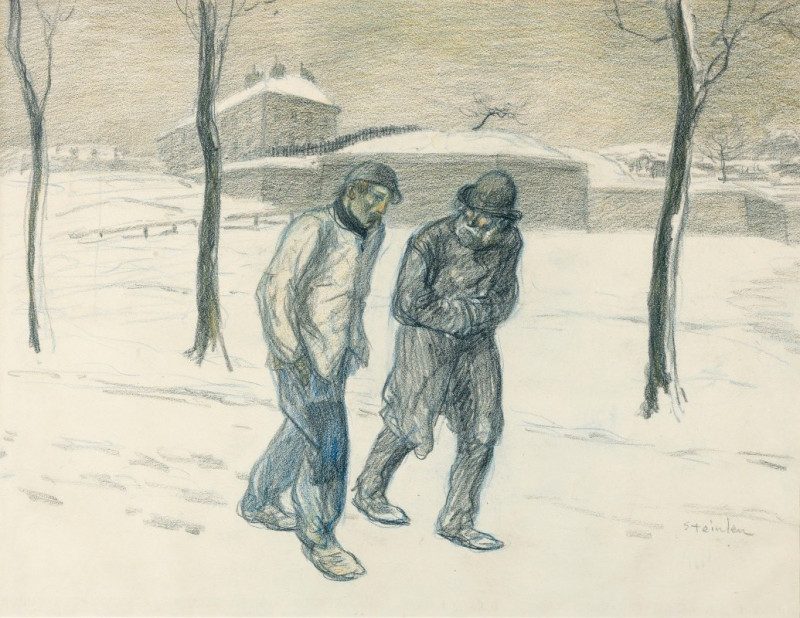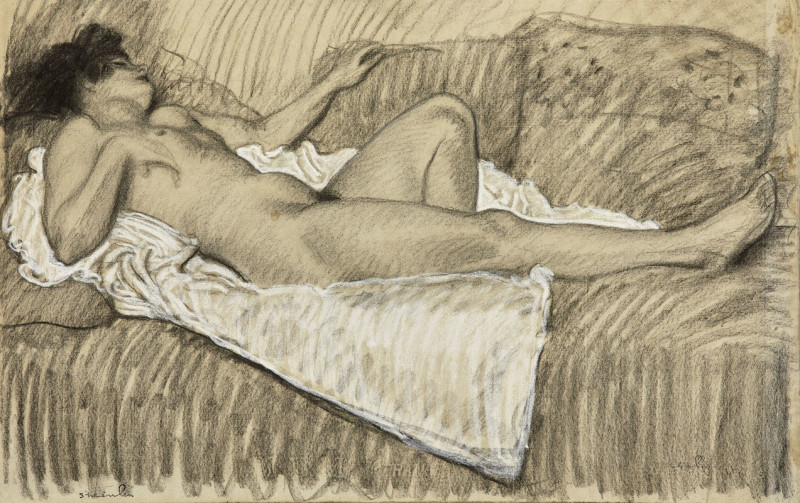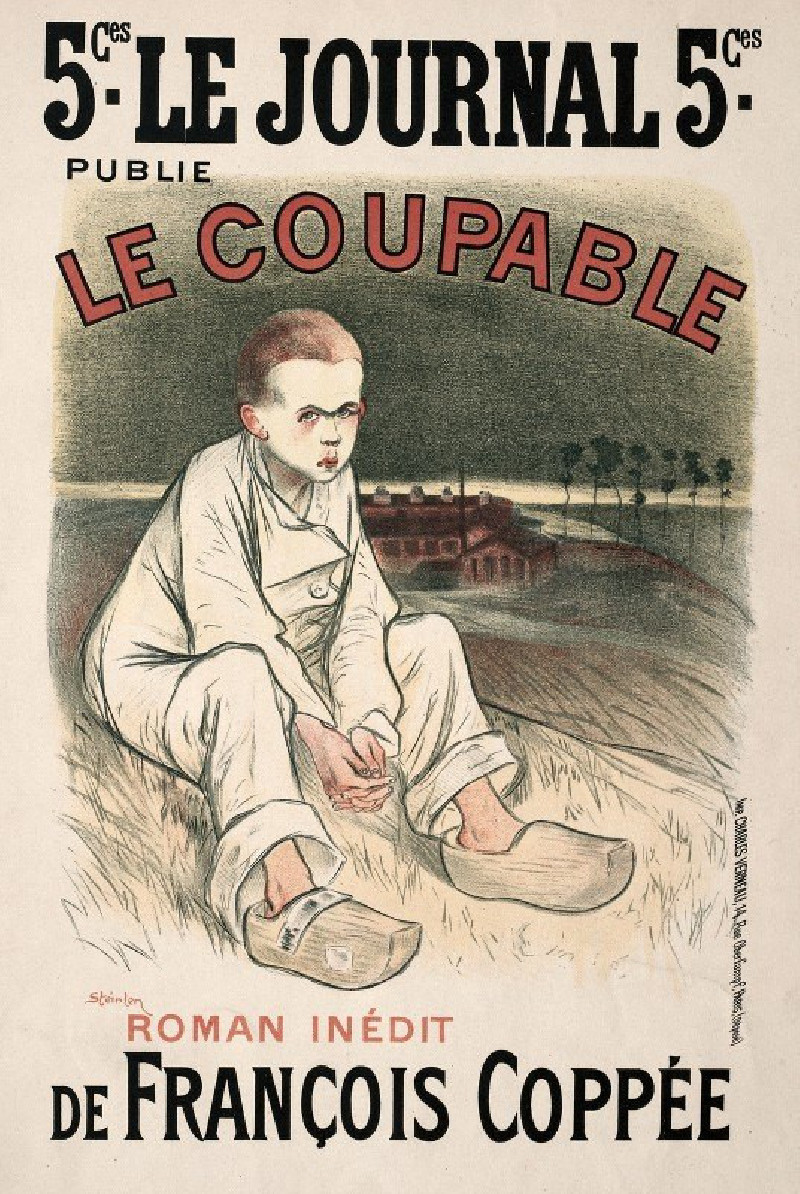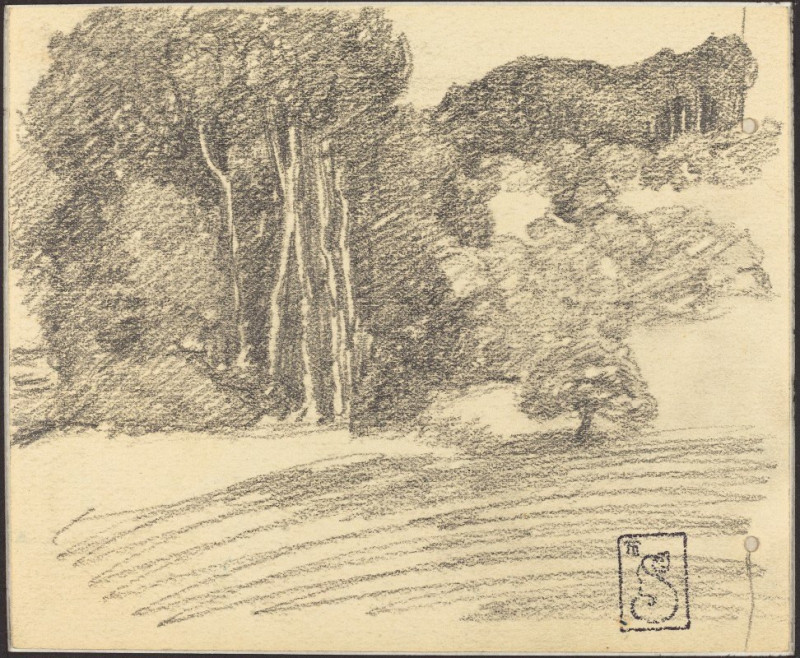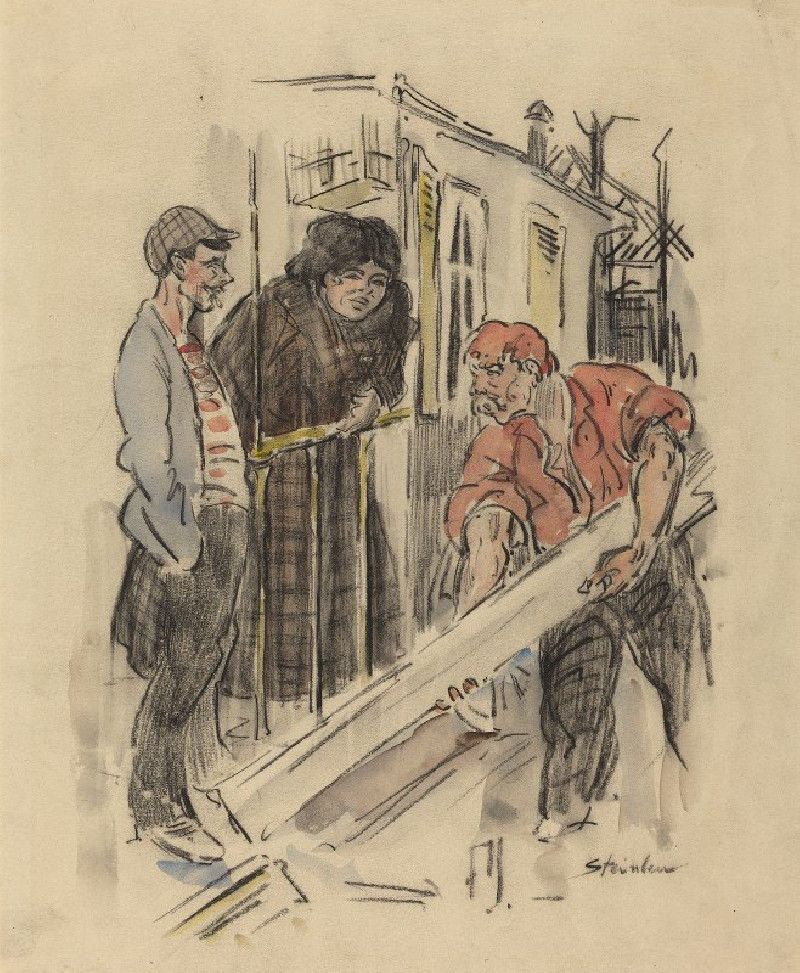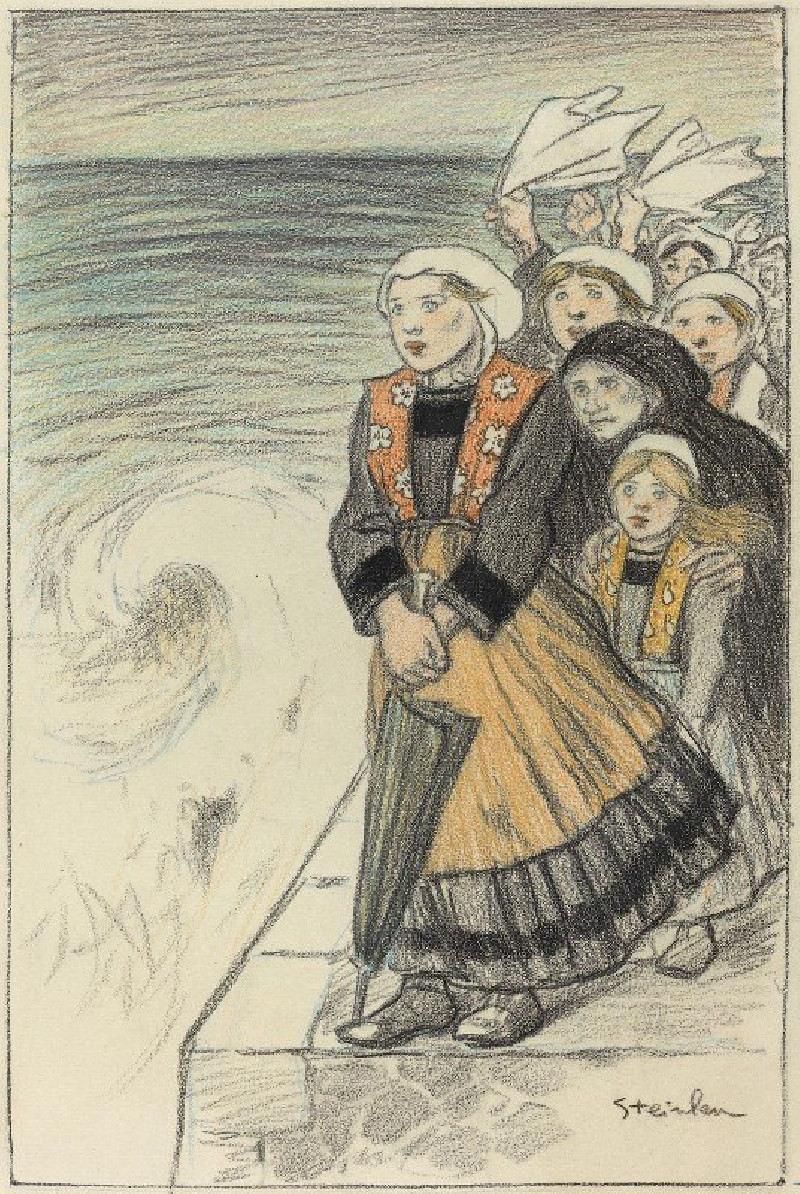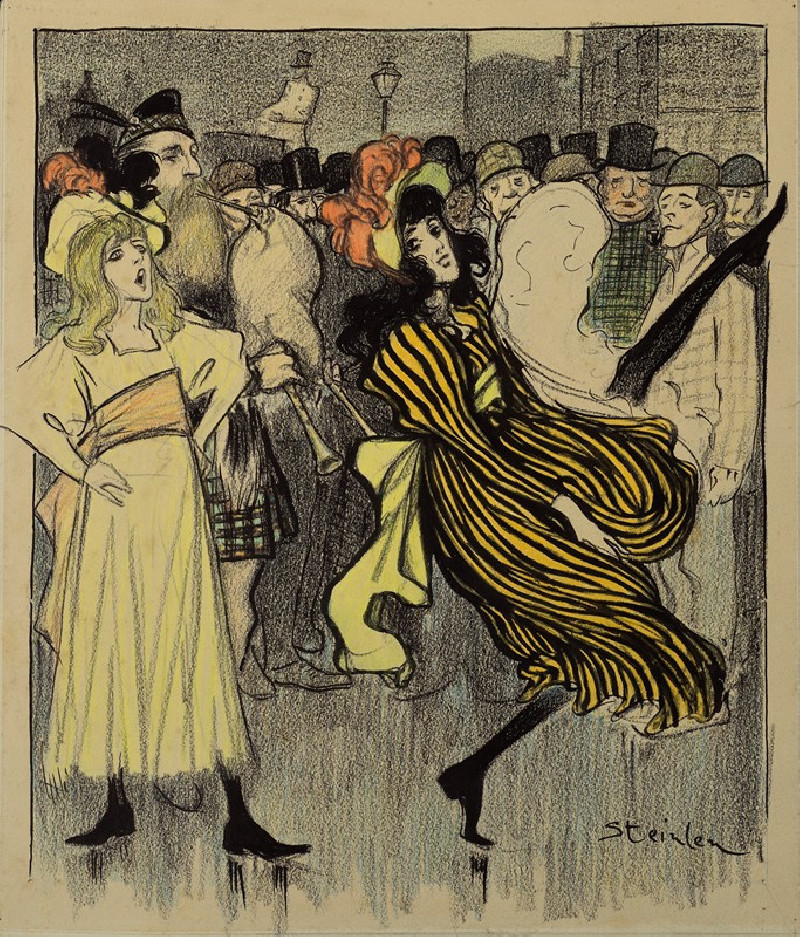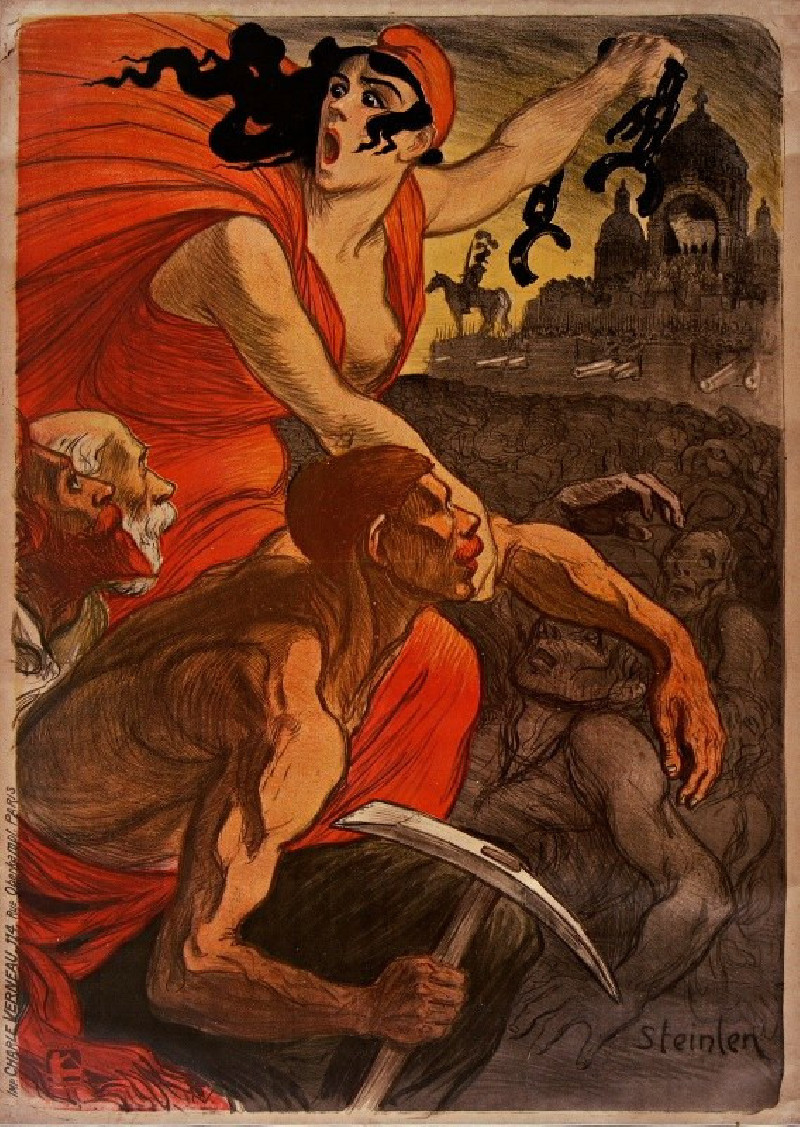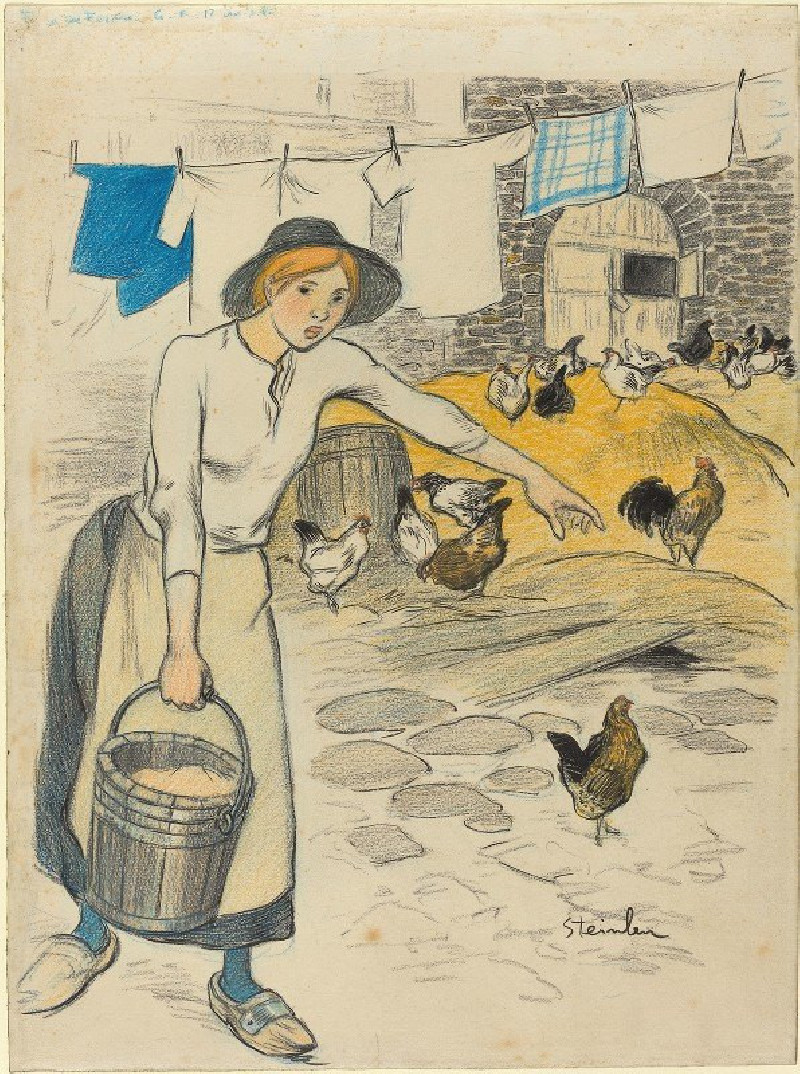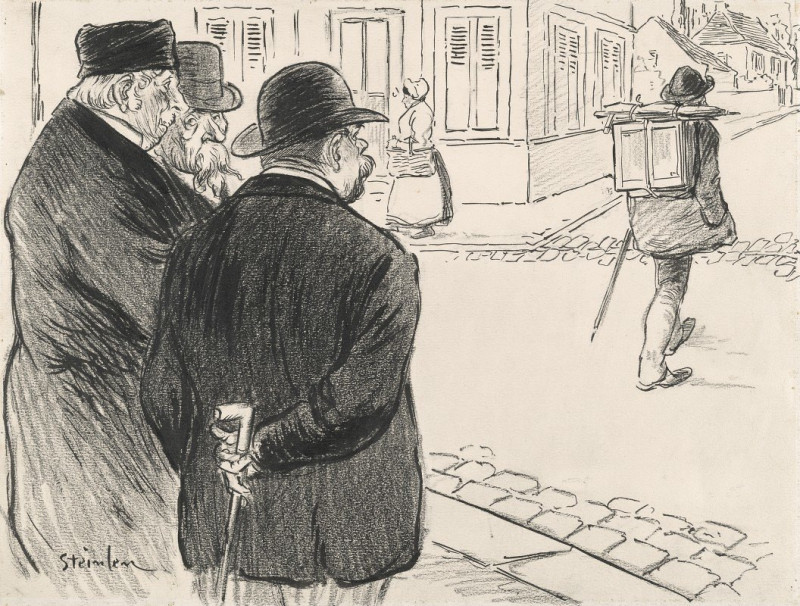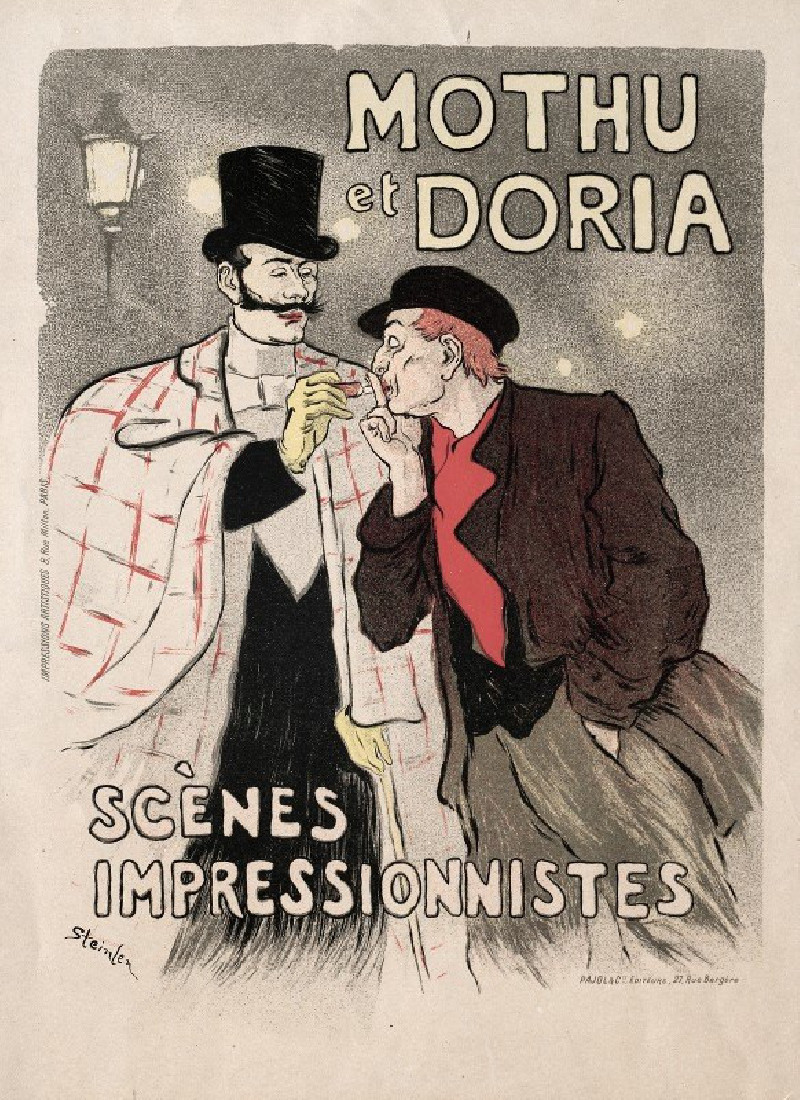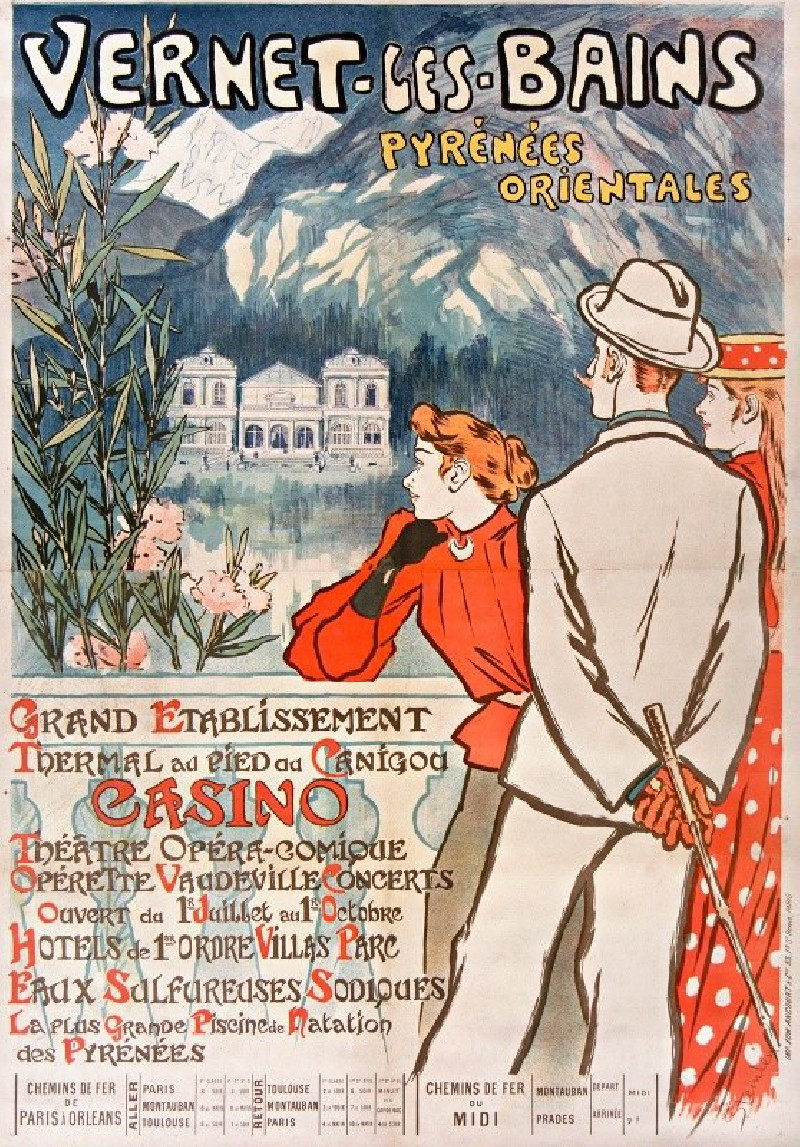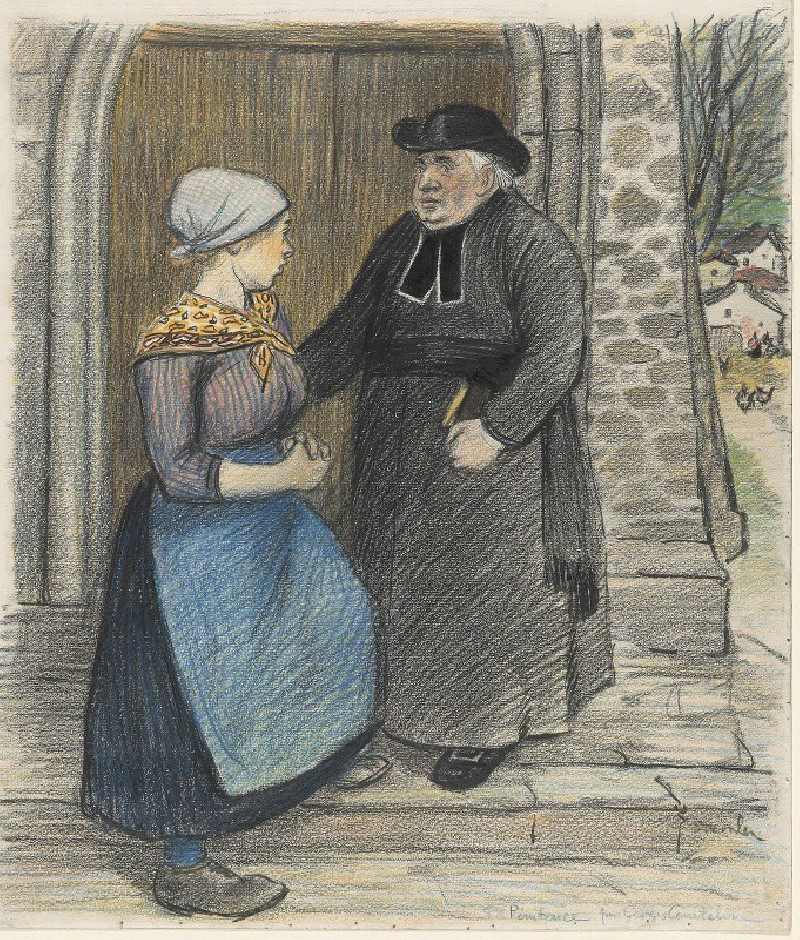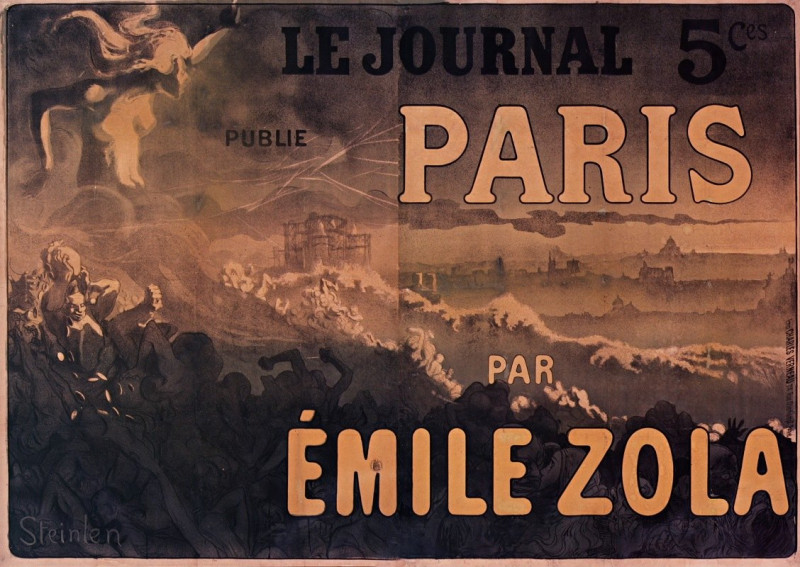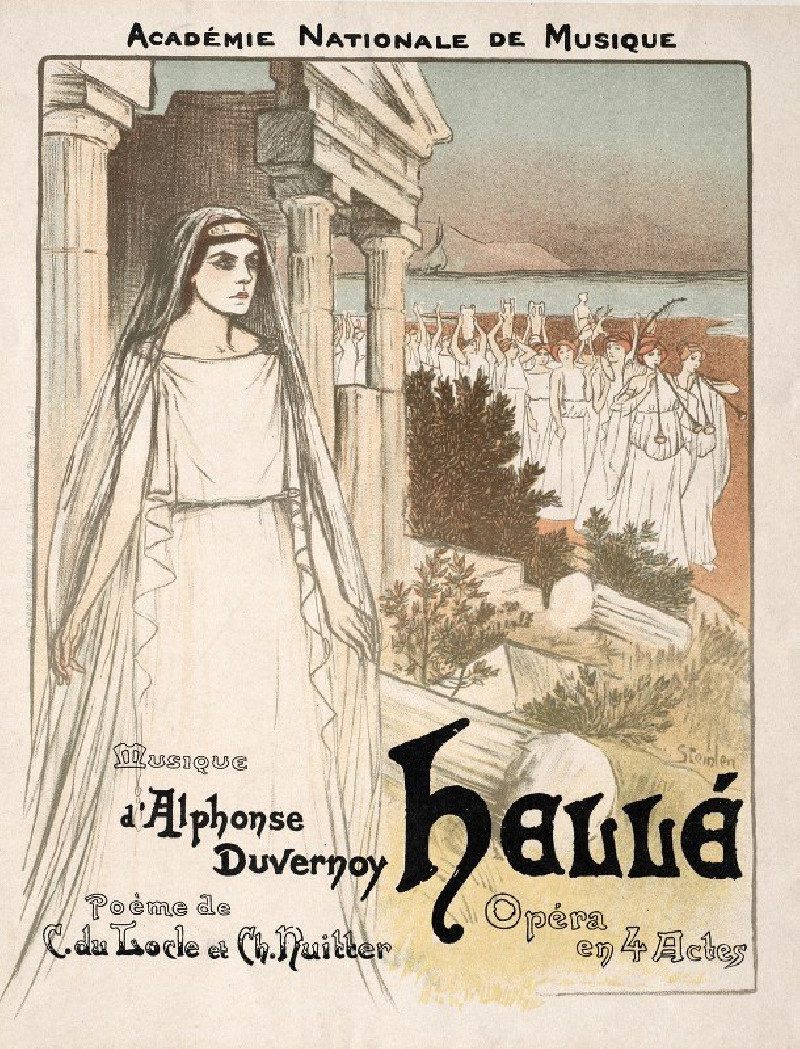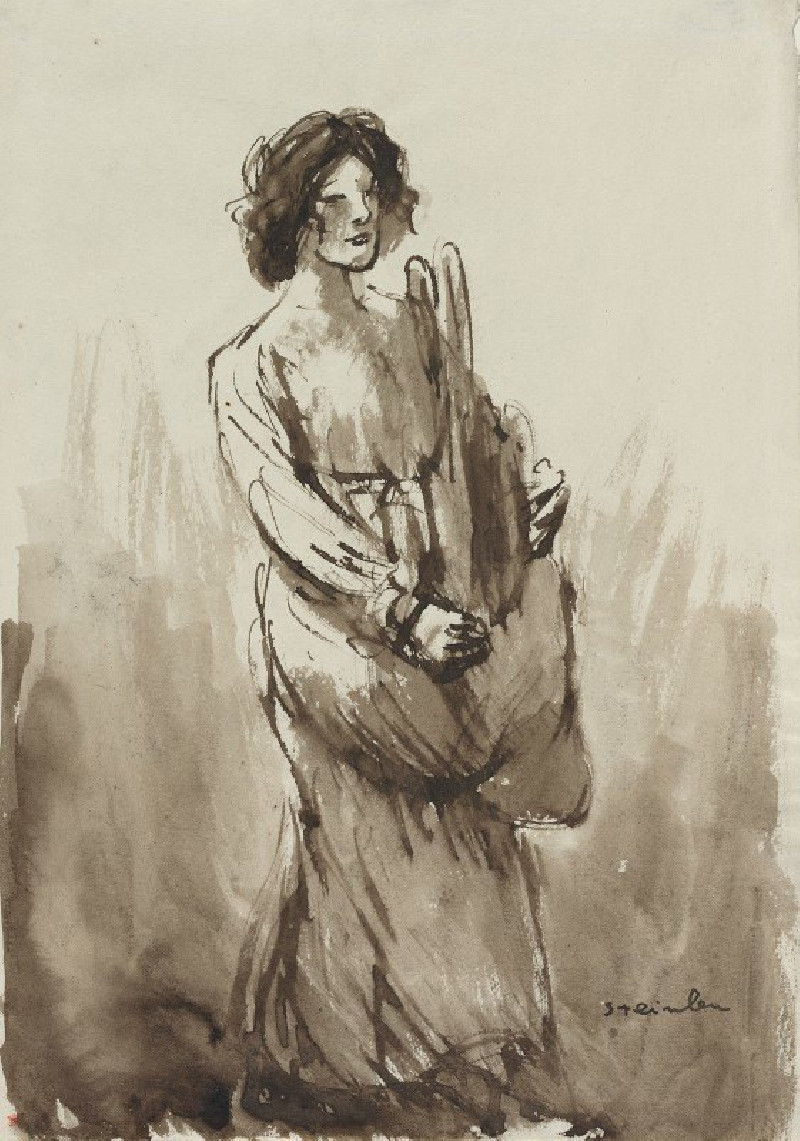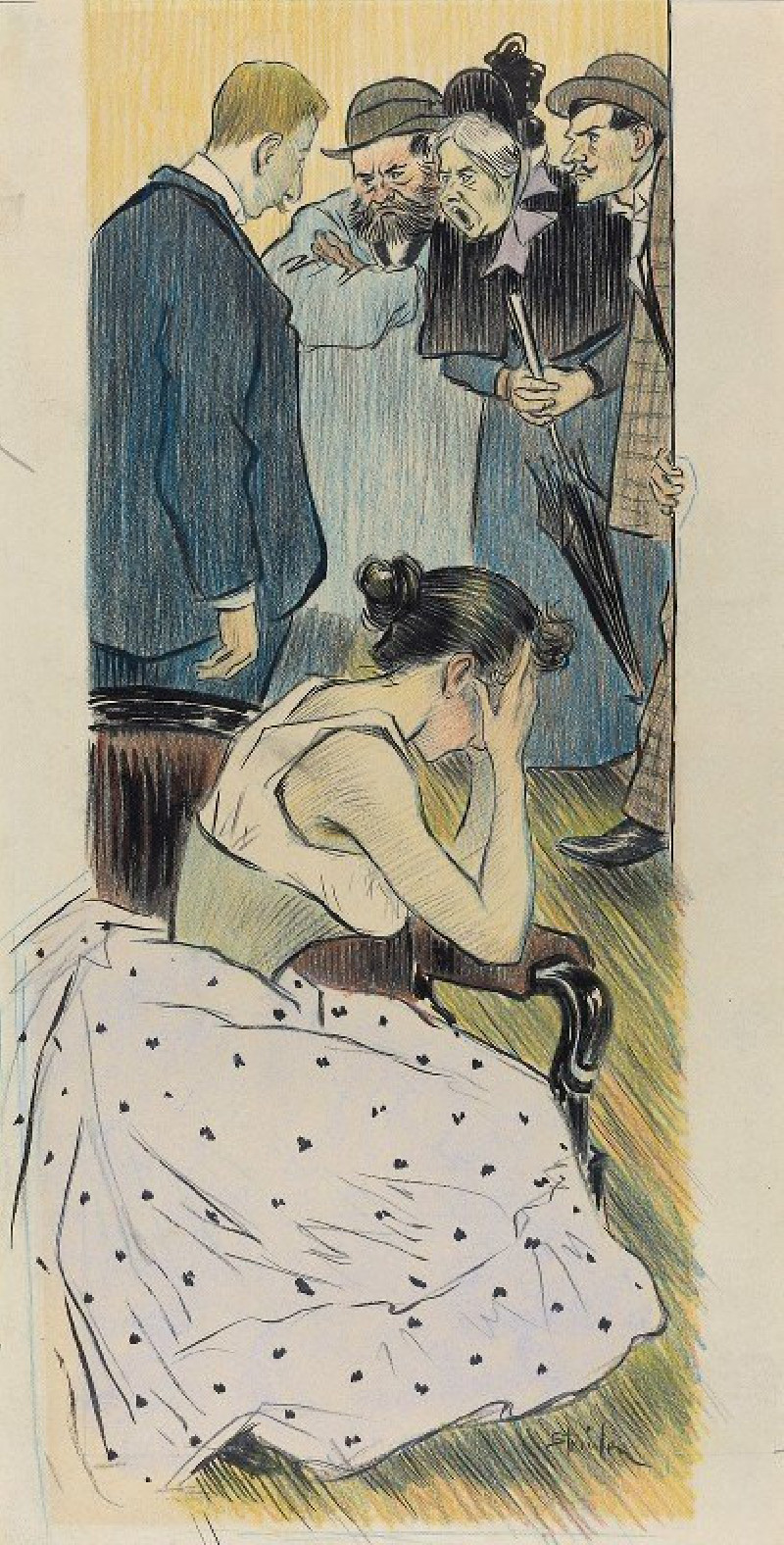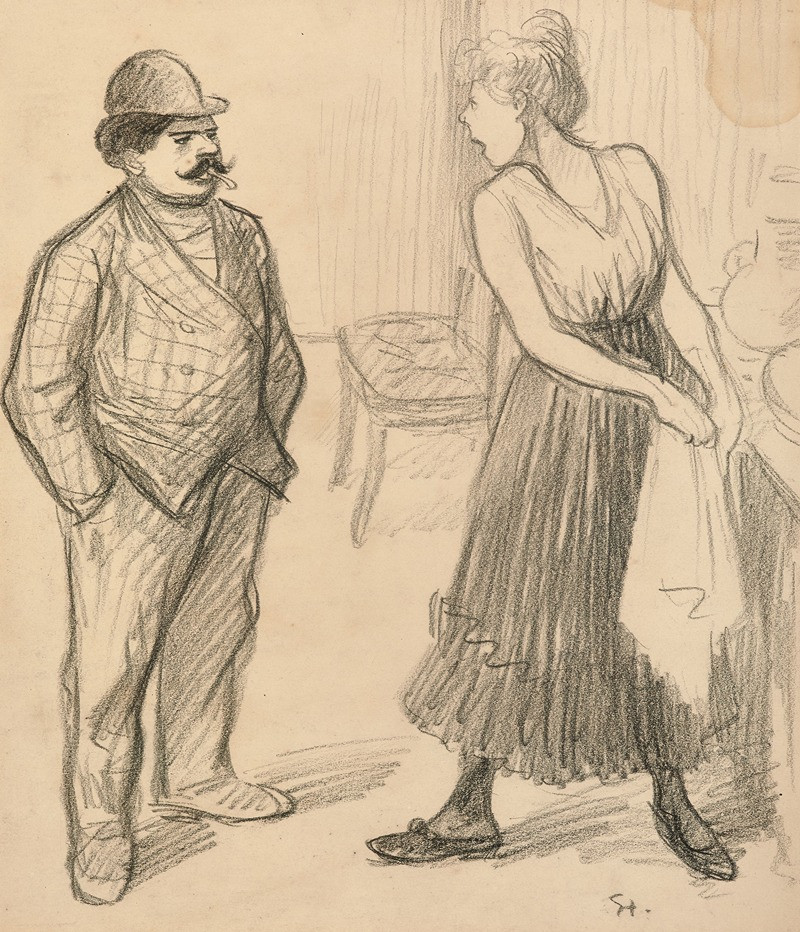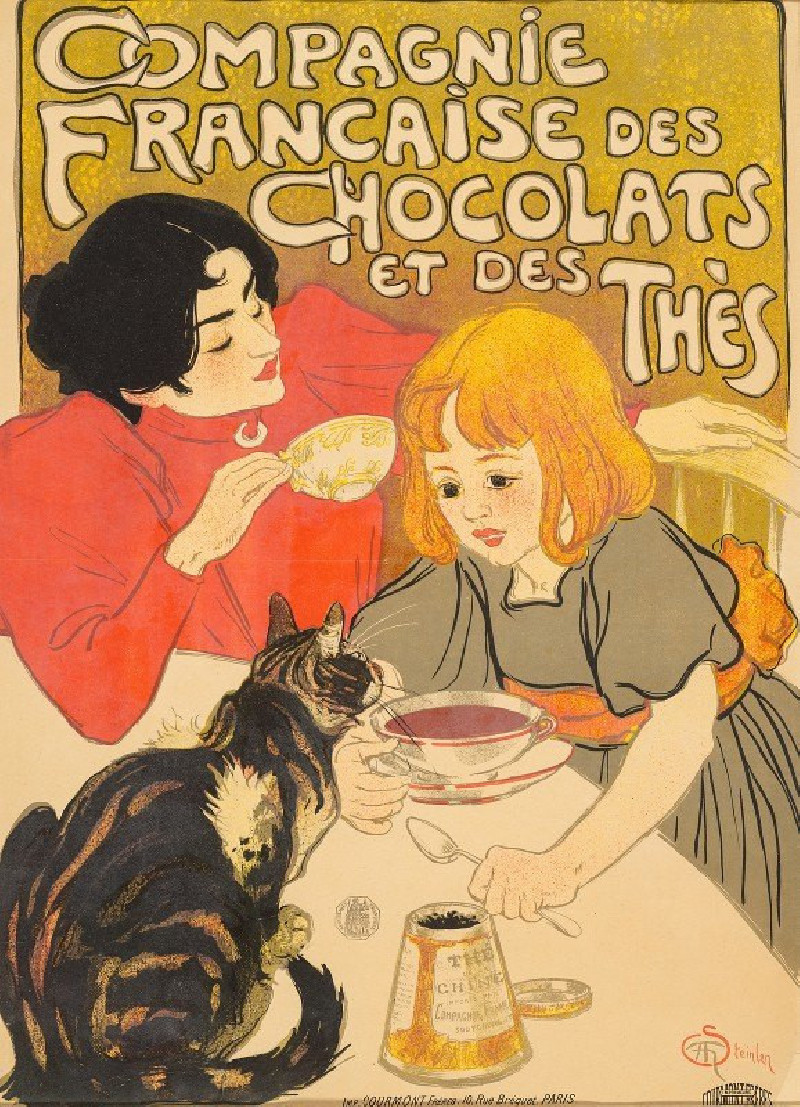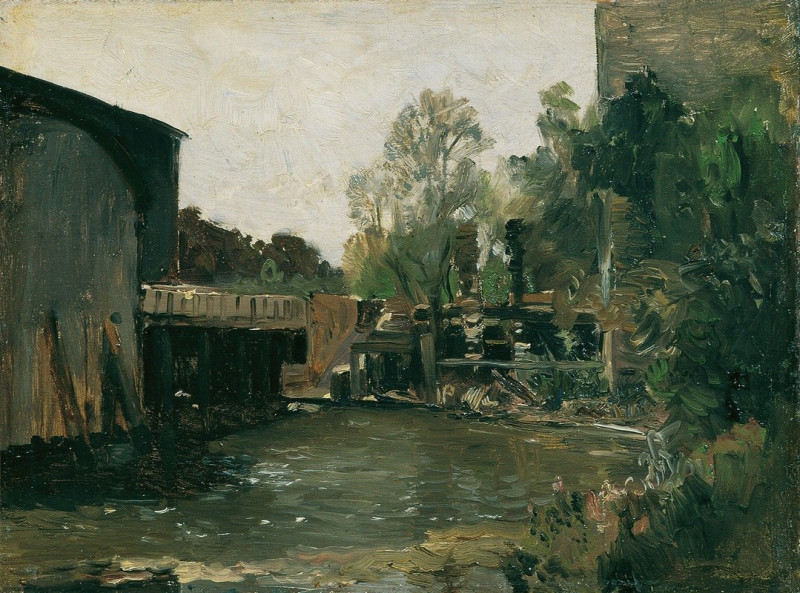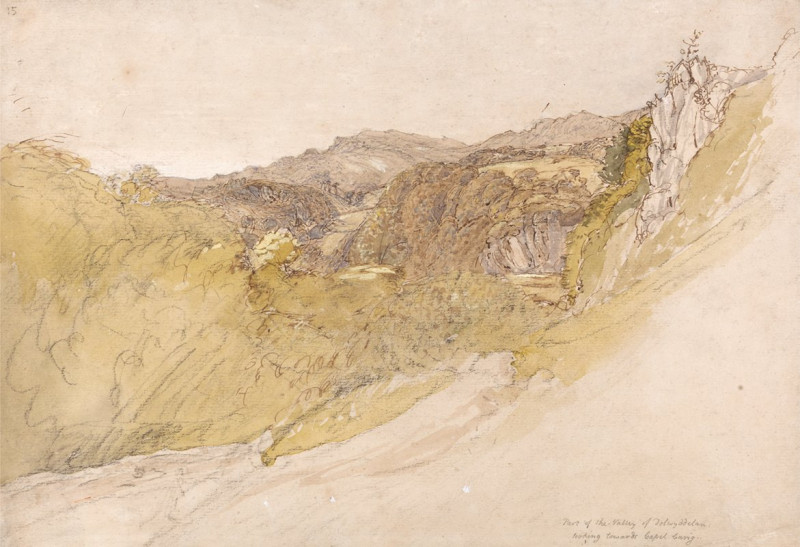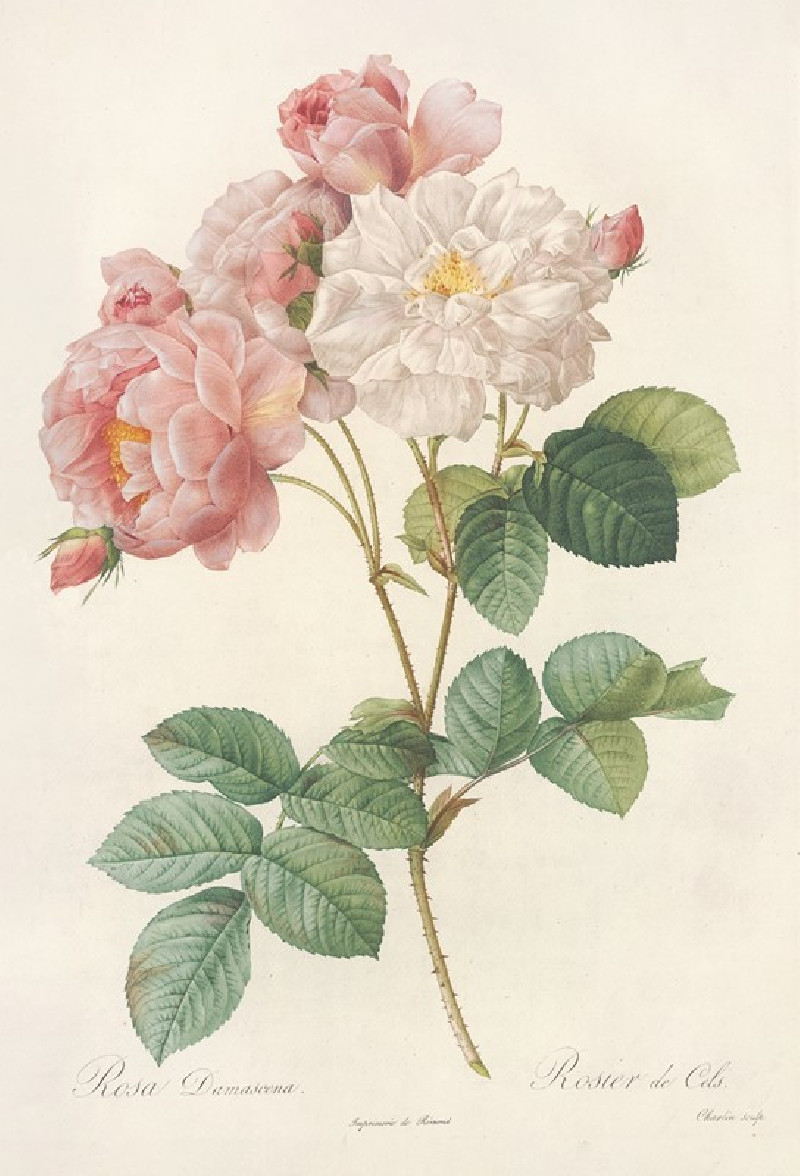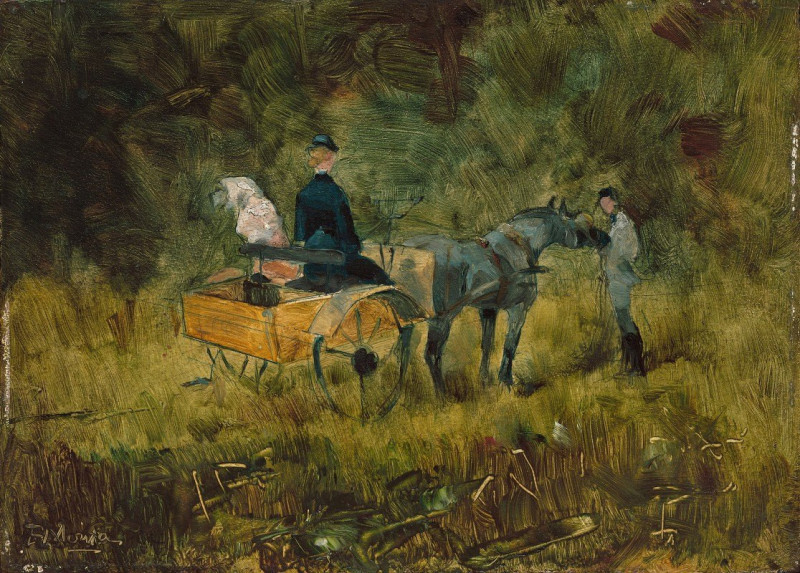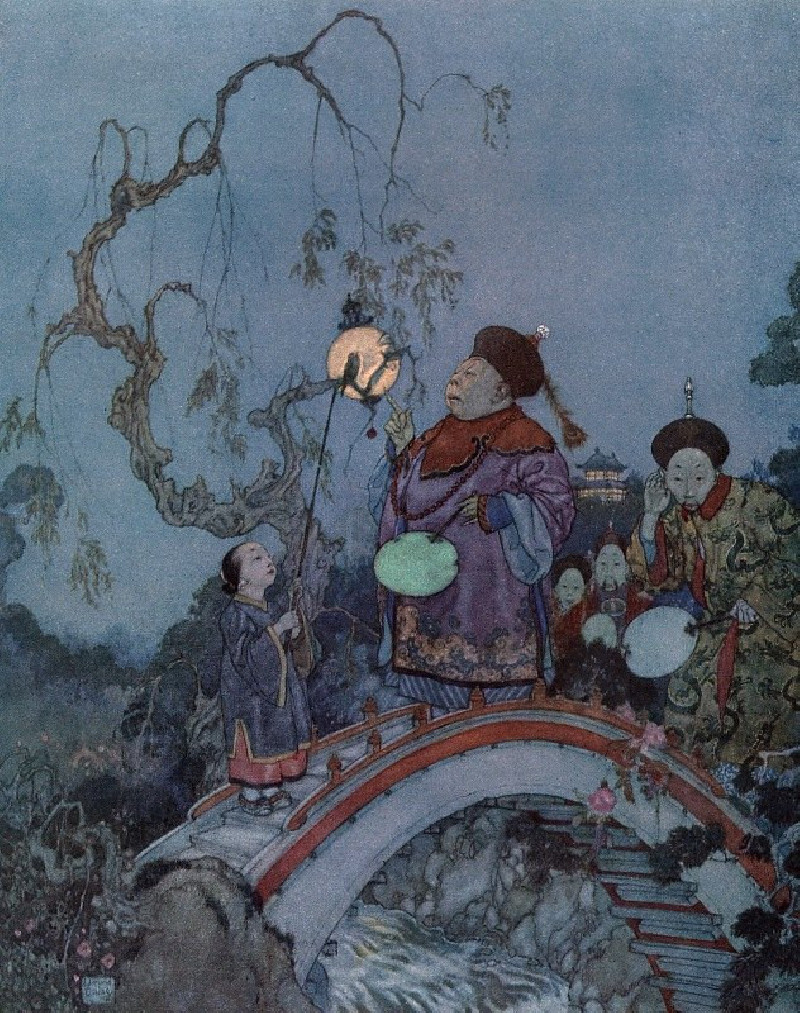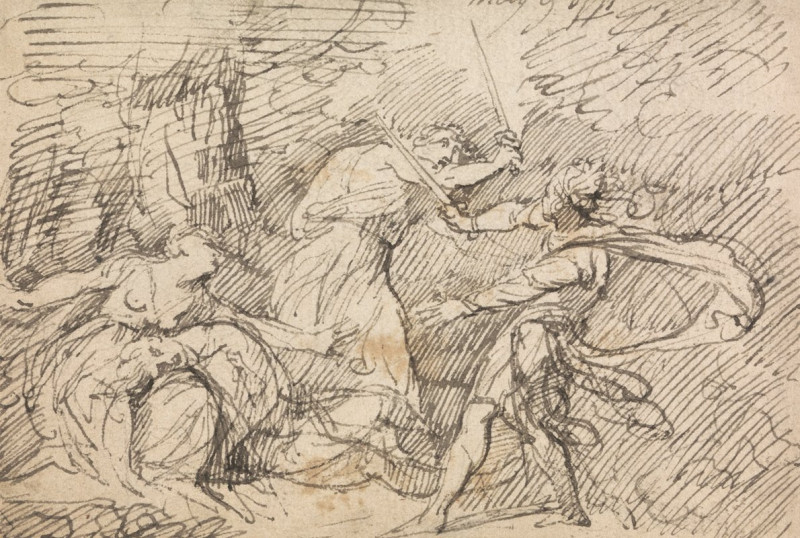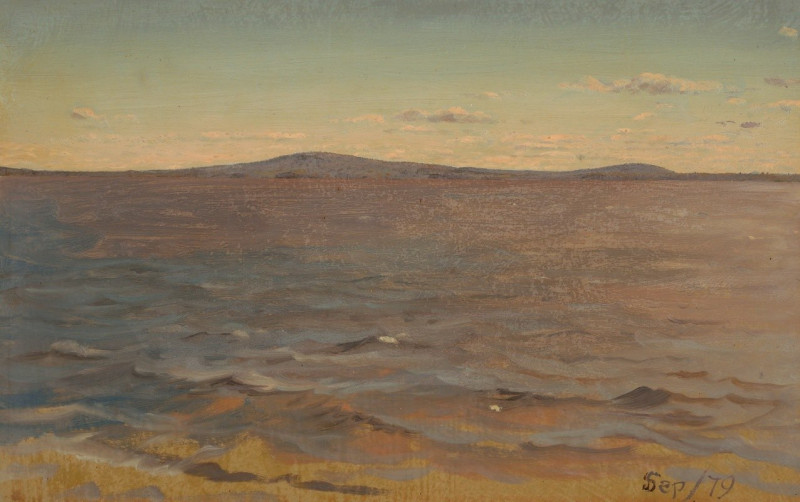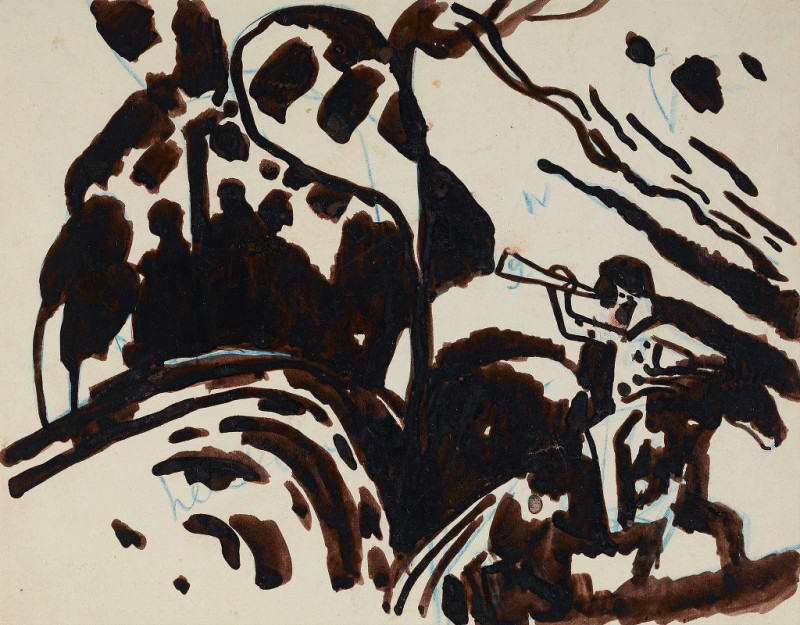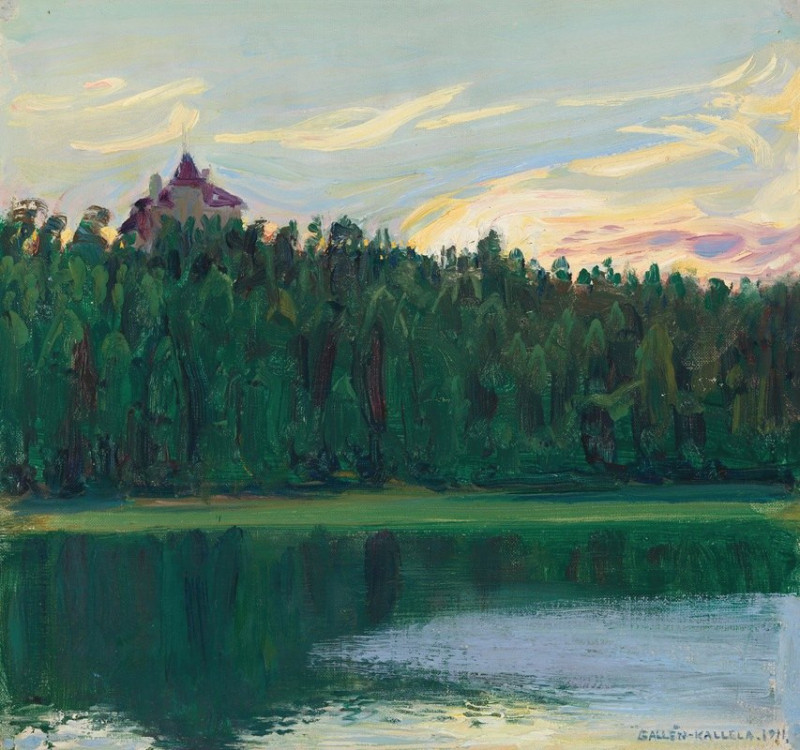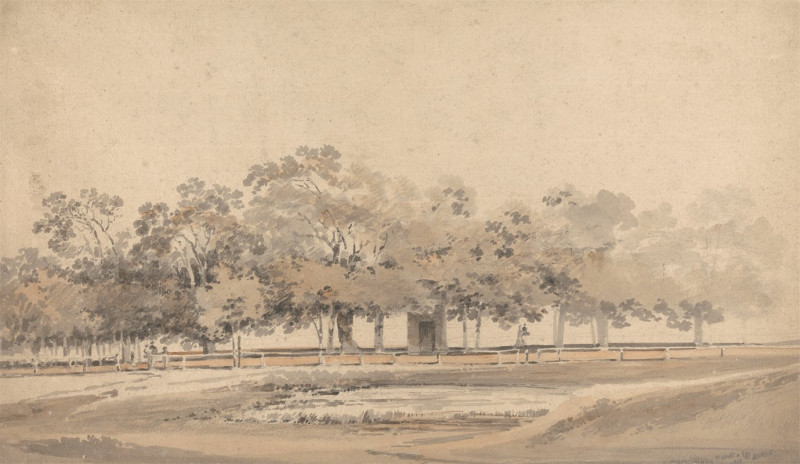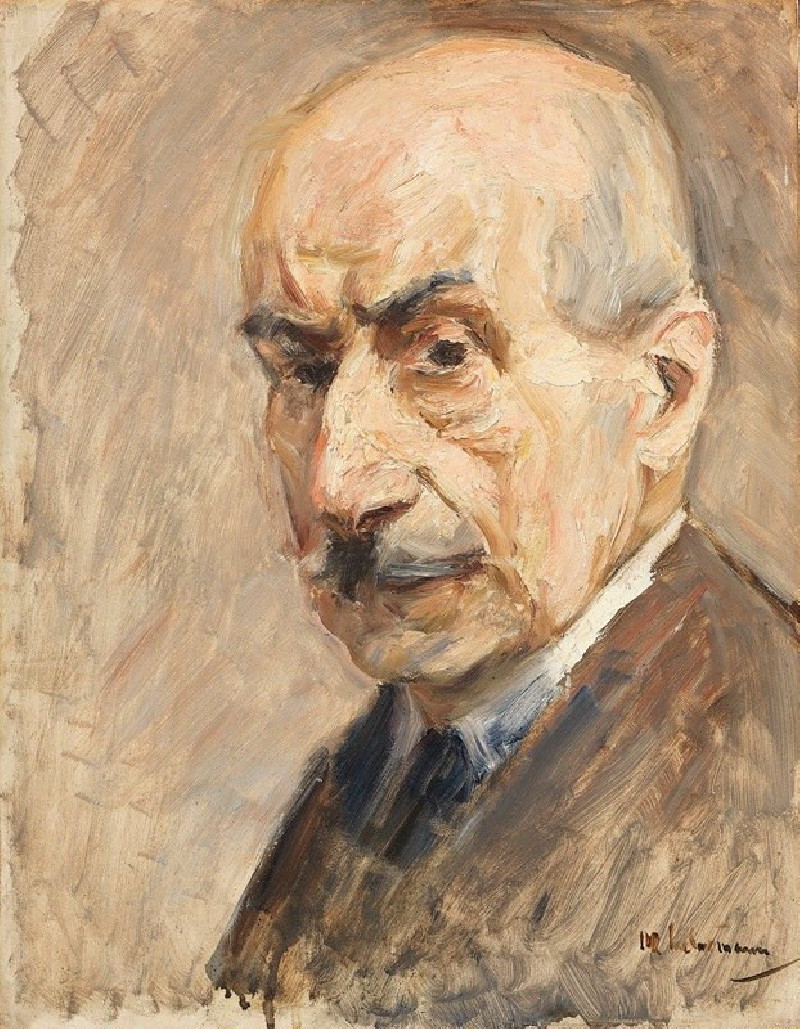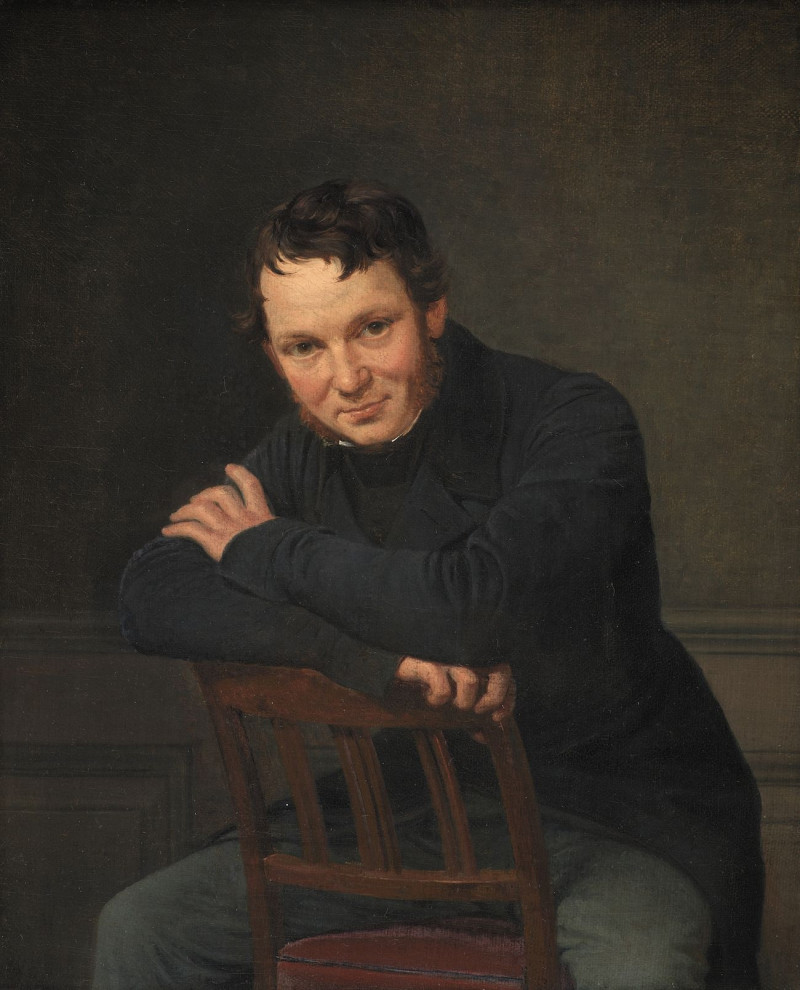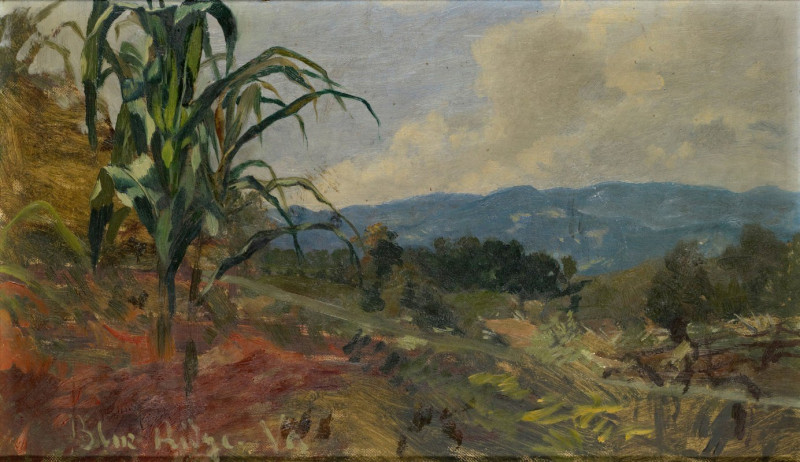The Dance
Technique: Giclée quality print
Recommended by our customers
More about this artwork
Théophile Alexandre Steinlen's captivating painting "The Dance" immerses viewers in a lively and bustling dance hall scene, capturing an atmosphere filled with movement and merriment. The artwork skillfully portrays a diverse crowd of dancers and onlookers, using a harmonious blend of soft pastel tones to evoke the smoky, dimly-lit ambiance typical of a late 19th-century Parisian venue.At the center of the composition, a couple dances passionately, their bodies angled in a dynamic pose that draws the eye. The woman, adorned in a long, flowing dark gown, dances with a sense of abandon, her facial expression conveying both intensity and enjoyment. Her male partner, dressed in a traditional suit, complements her movements with a poised and attentive gesture.Around this central pair, other figures populate the scene: some engaged in their own dances, others seated or standing, absorbed in conversation or simply observing the whirl of activity. Notably, a group of men in the foreground provides a contrast to the dancers, their relaxed demeanor and casual attire juxtaposing the formal elegance of the dancing couples.Steinlen's use of light and shadow, along with the intricate details of the figures' expressions and attire, enhances the vibrancy and emotional depth of the scene. The overhead lights cast a warm glow, highlighting the joy and communal spirit of the occasion.
Delivery
Returns
Théophile Alexandre Steinlen, was a Swiss-born French Art Nouveau painter and printmaker.
Born in Lausanne, Steinlen studied at the University of Lausanne before taking a job as a designer trainee at a textile mill in Mulhouse in eastern France. In his early twenties he was still developing his skills as a painter when he and his wife Emilie were encouraged by the painter François Bocion to move to the artistic community in the Montmartre Quarter of Paris. Once there, Steinlen was befriended by the painter Adolphe Willette who introduced him to the artistic crowd at Le Chat Noir that led to his commissions to do poster art for the cabaret owner/entertainer, Aristide Bruant and other commercial enterprises.


